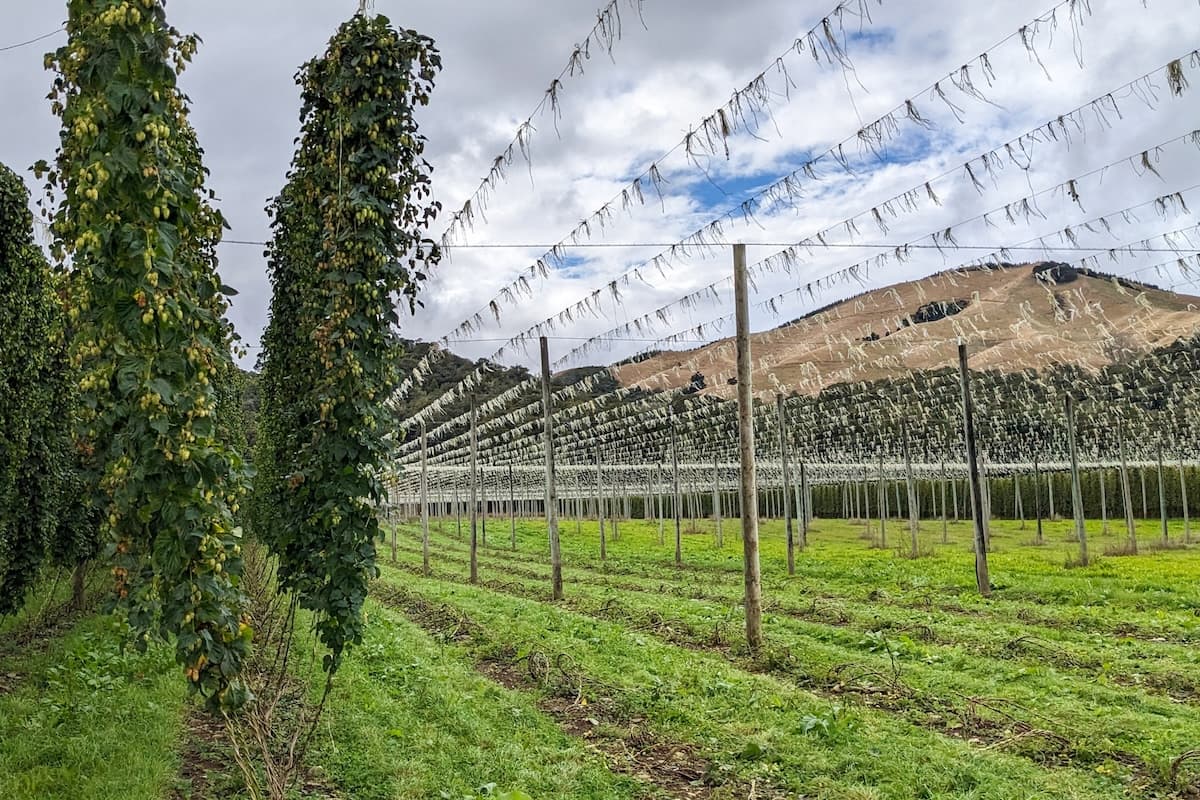
Hops Insider: Pinpointing the Perfect Pick Time for Better Beer
ALL ACCESSBacked by research, farmers are using harvest windows and hop maturity to enhance aroma and get brewers the profiles they want the most.
77 articles in this category

Backed by research, farmers are using harvest windows and hop maturity to enhance aroma and get brewers the profiles they want the most.
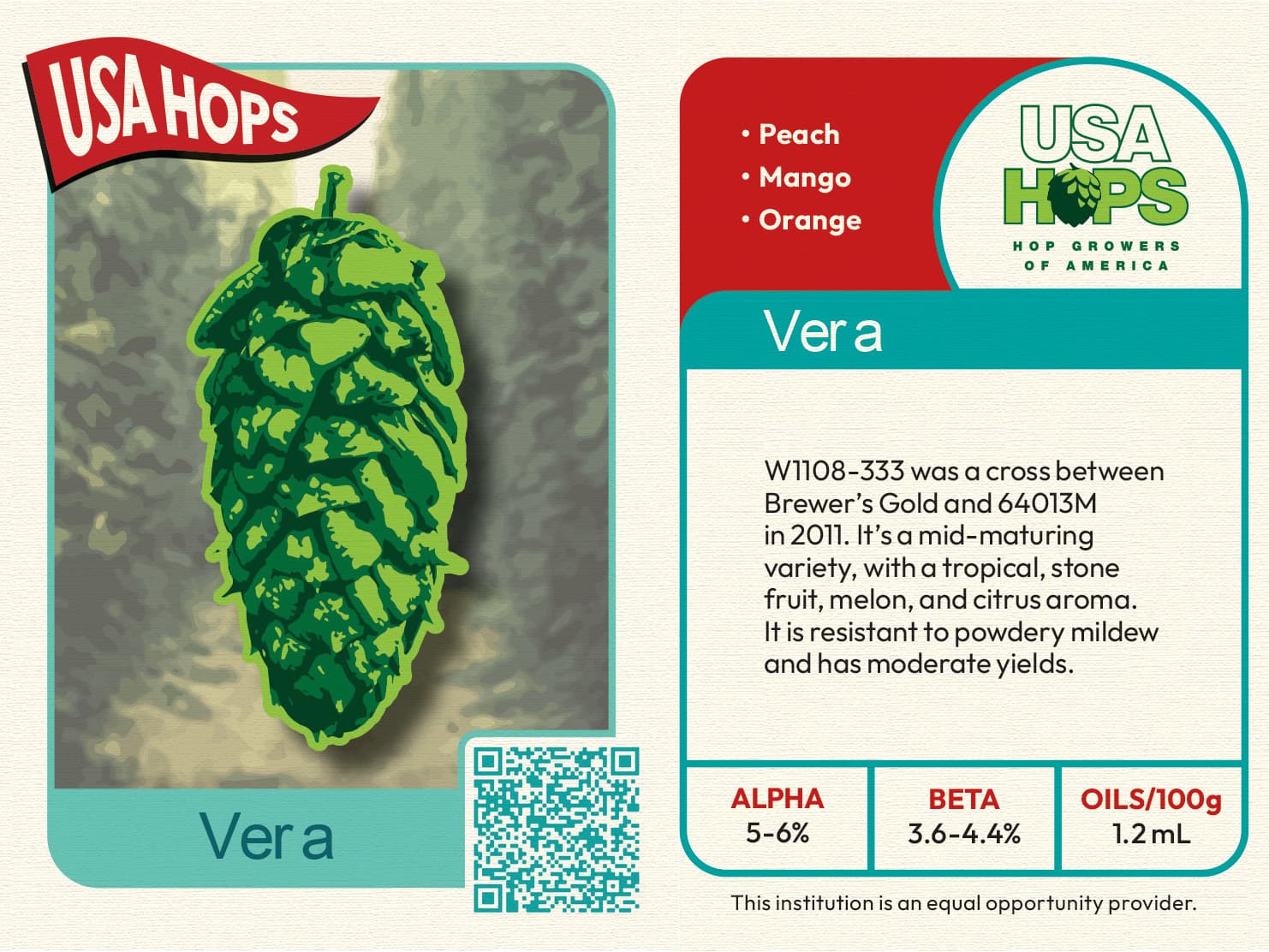
Public hops that any farmer can grow have their supporters, including the Brewers Association. Ultimately, however, the success of new varieties such as Vera and Thora will depend on demand from brewers.
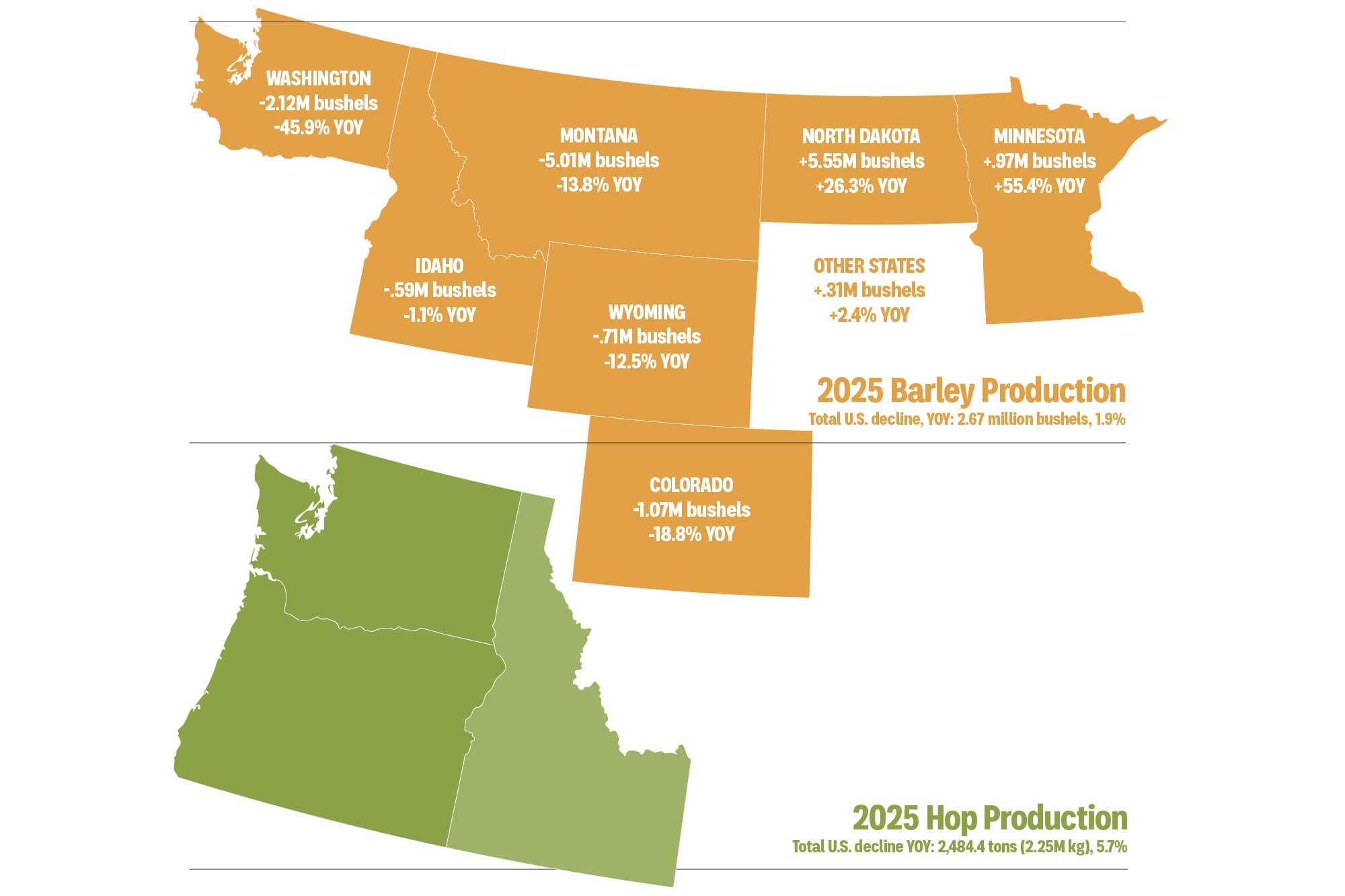
There’s no beer without the farmers who grow its ingredients, and there’s no sugar-coating the impact of beer’s current pullback on what they need from those farms. Here we map the year-over-year changes in barley and hop production based on data from the USDA.
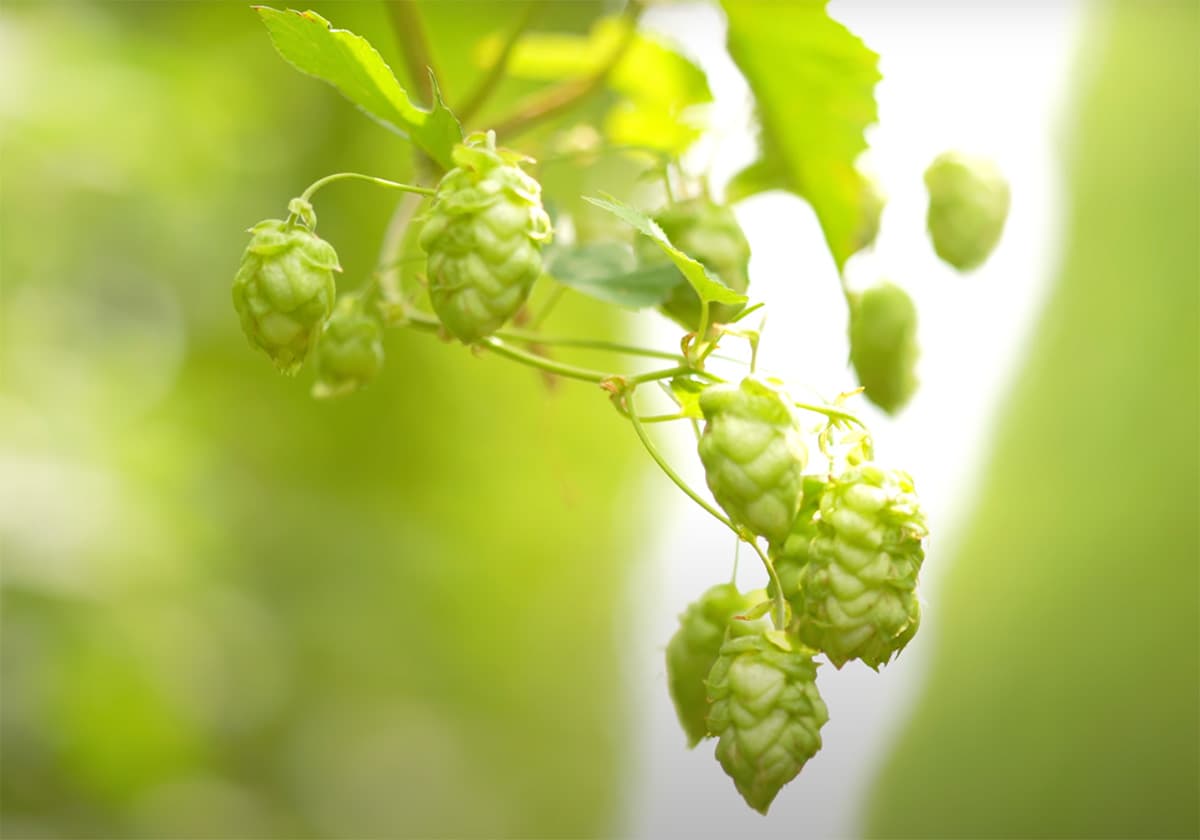
With picking now underway in the Pacific Northwest, there are three debutants at the harvest ball. What might Dolcita, Vera, and HQG4 add to your brewery’s portfolio?
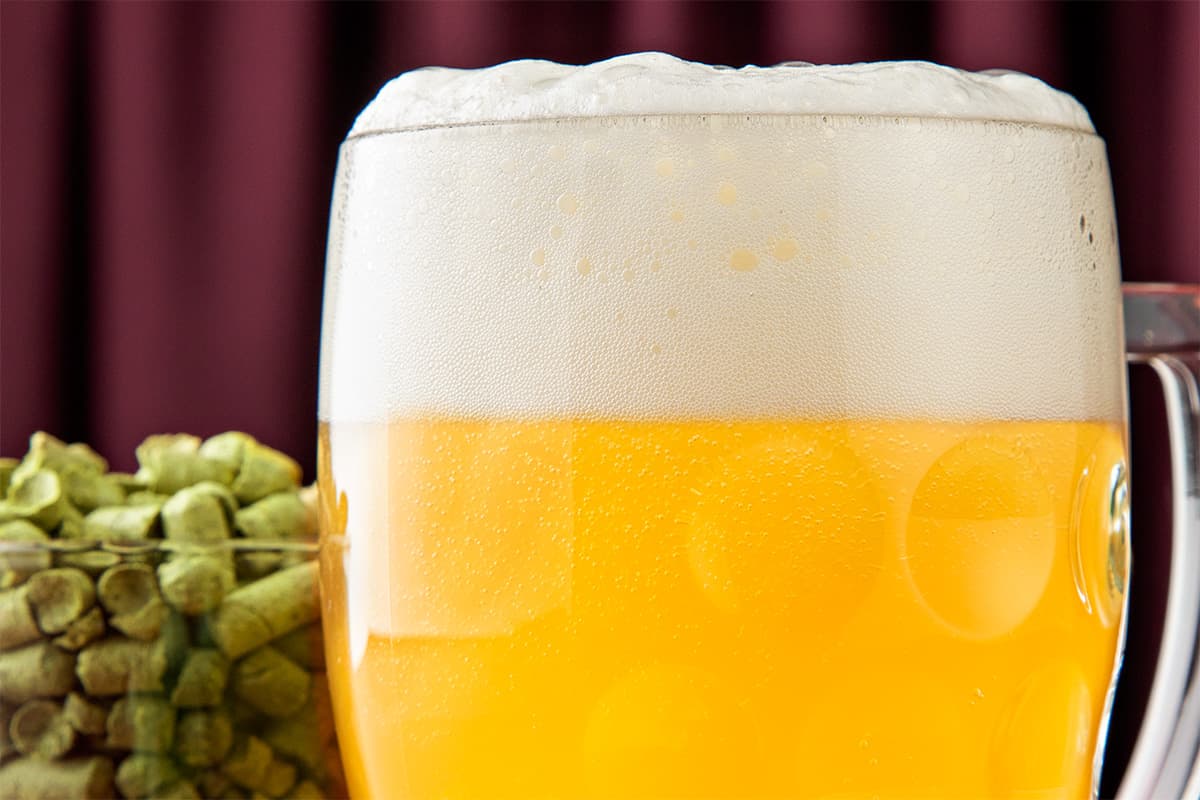
That IPA has more hops than a pilsner—so, why did the head collapse so quickly? The variables are many and complex, especially when they include advanced hop products.
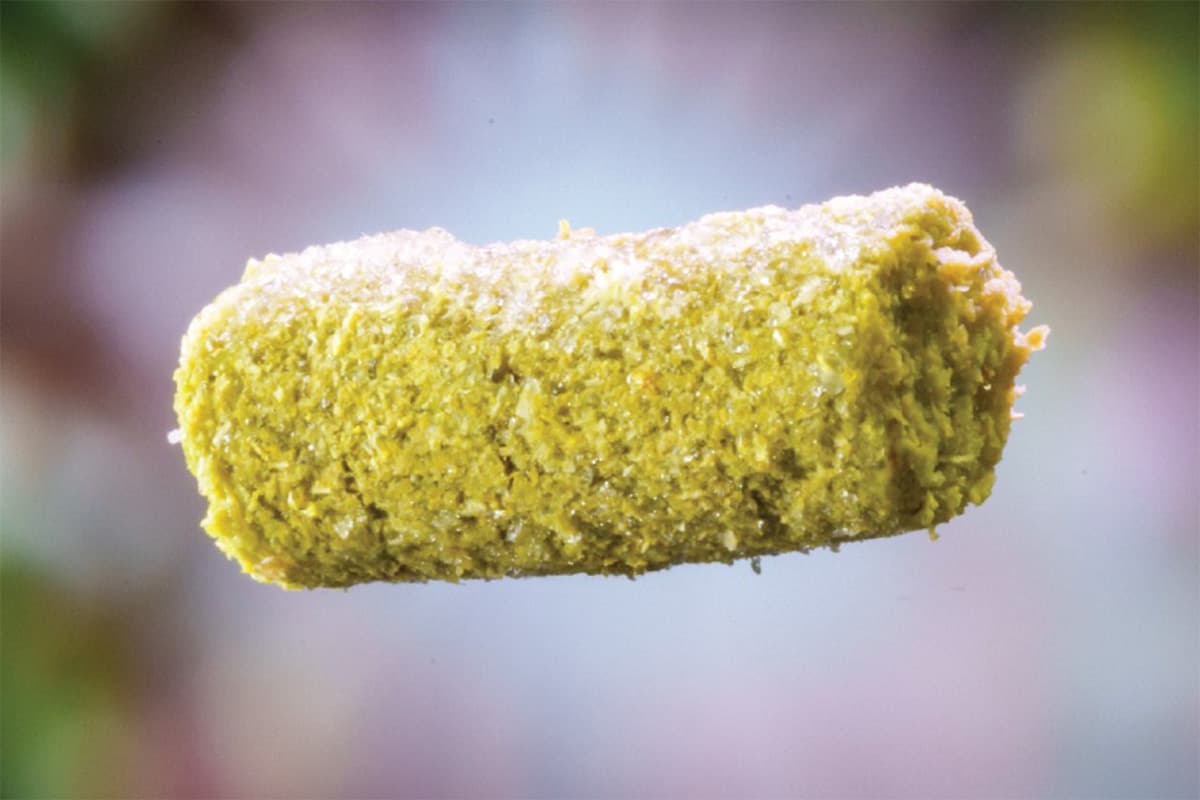
New hop products turn up the volume while making “fresh” a year-round flavor.
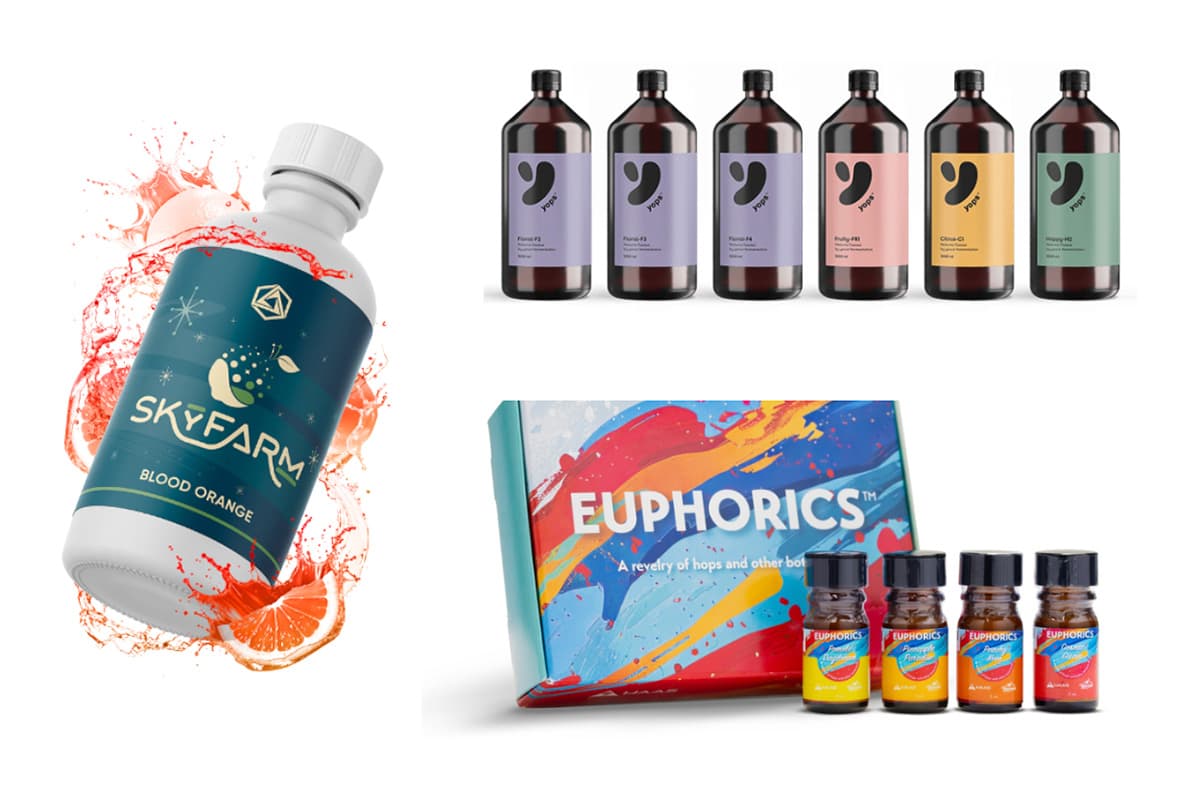
Craft brewing may not be in expansion mode, but that hasn’t slowed the surge in hop-derived—or hop-inspired—flavor and aroma products for brewers to try. Here’s a look at what’s new and on the horizon.

While the Pacific Northwest has been cutting back on acreage amid an ongoing hop surplus, the international picture is more complex. Here’s a look at 2024 acreage in various countries versus the previous year.
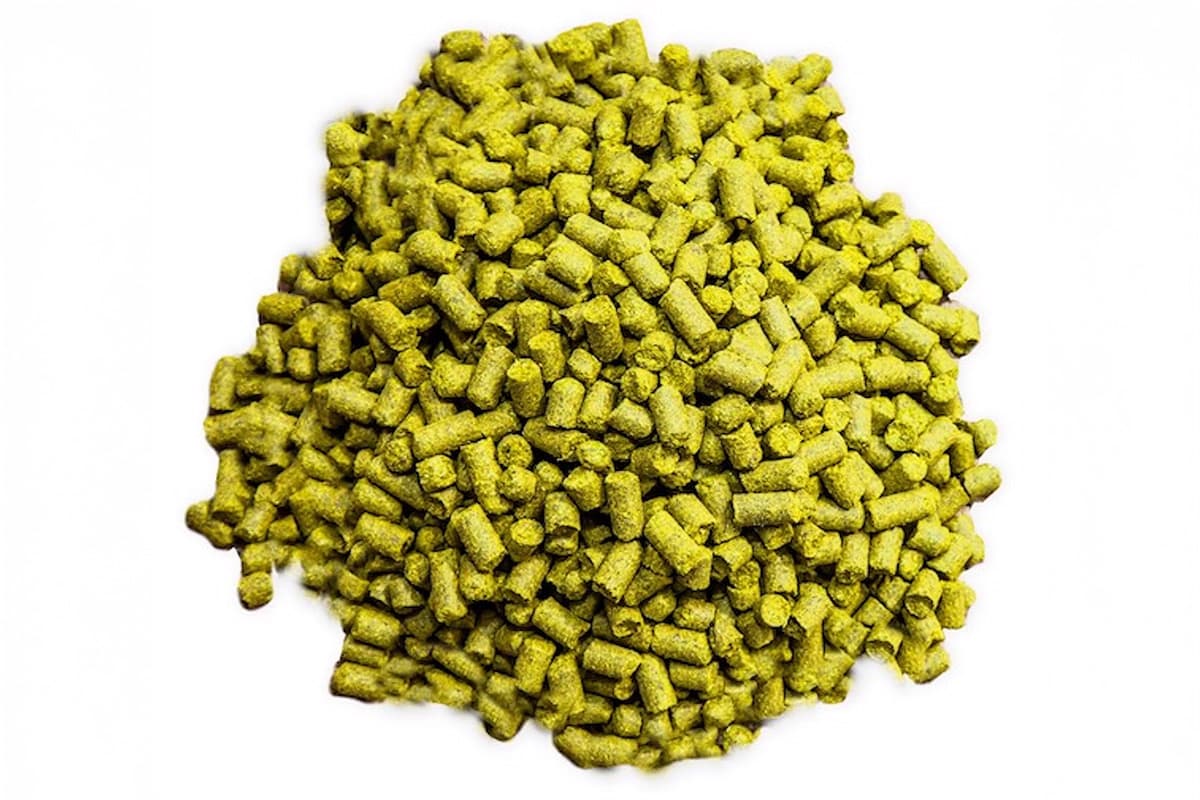
American farmers won’t reduce acreage as dramatically as they did in 2023 and 2024, but the industry has yet to find a healthy balance. What’s it mean for brewers, in the near-term?
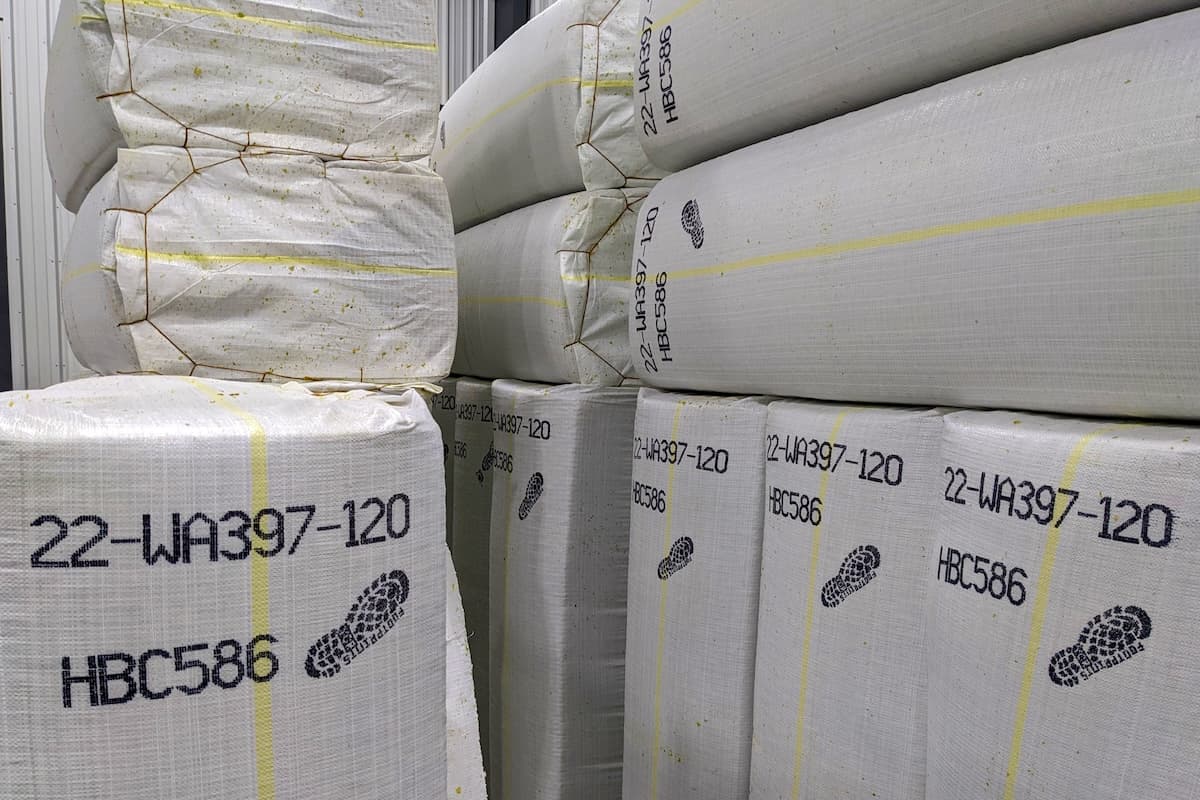
There’s a hop surplus now and a flush spot market, but that won’t always be true. What do hop merchants say brewers should be asking, to ensure quality and spend wisely?
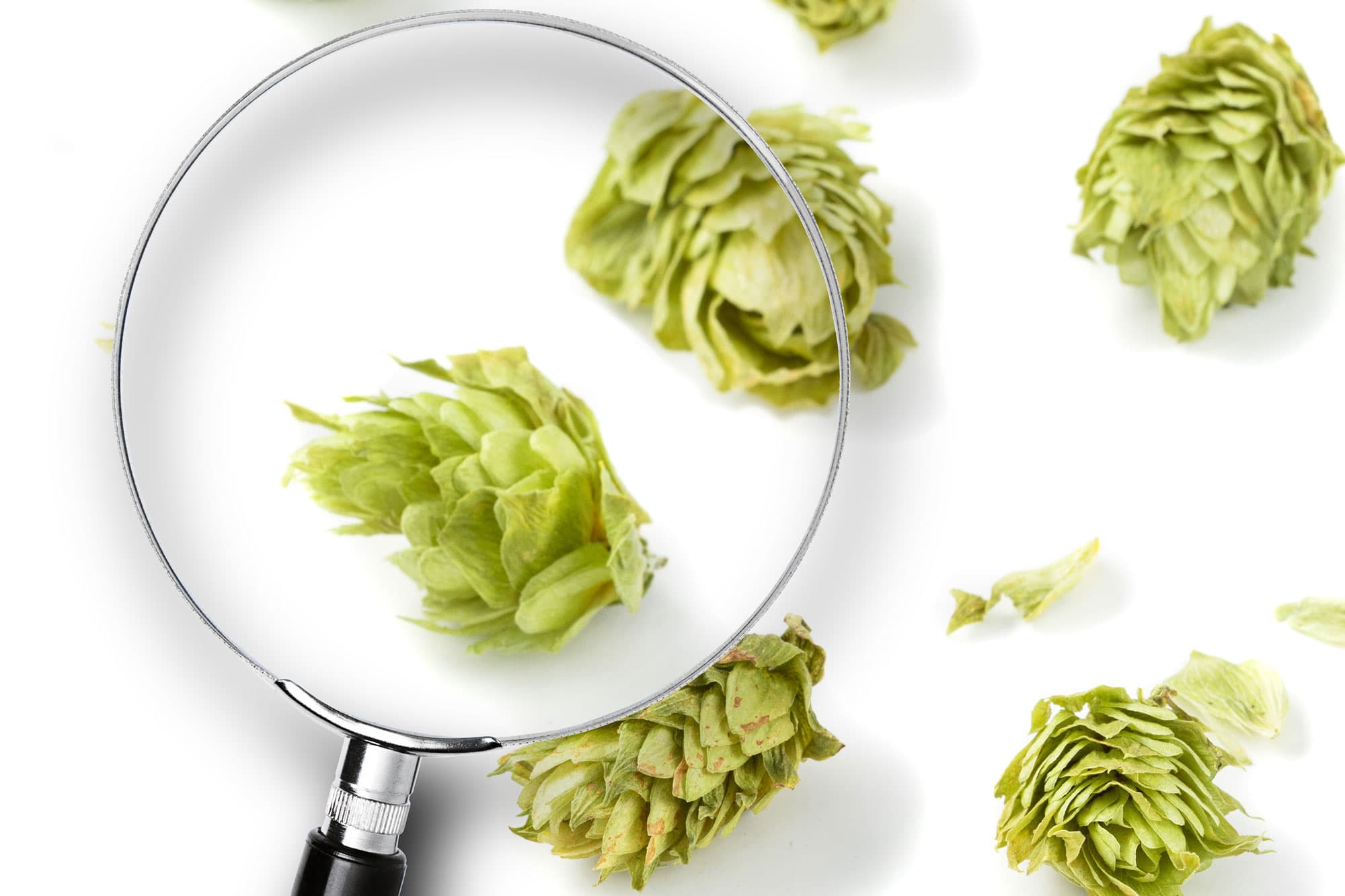
In today’s hop-forward beers, whirlpool additions contribute many of the IBUs—yet the results are less clear-cut than adding to the boil. Research—some new, some not so new—may provide direction.
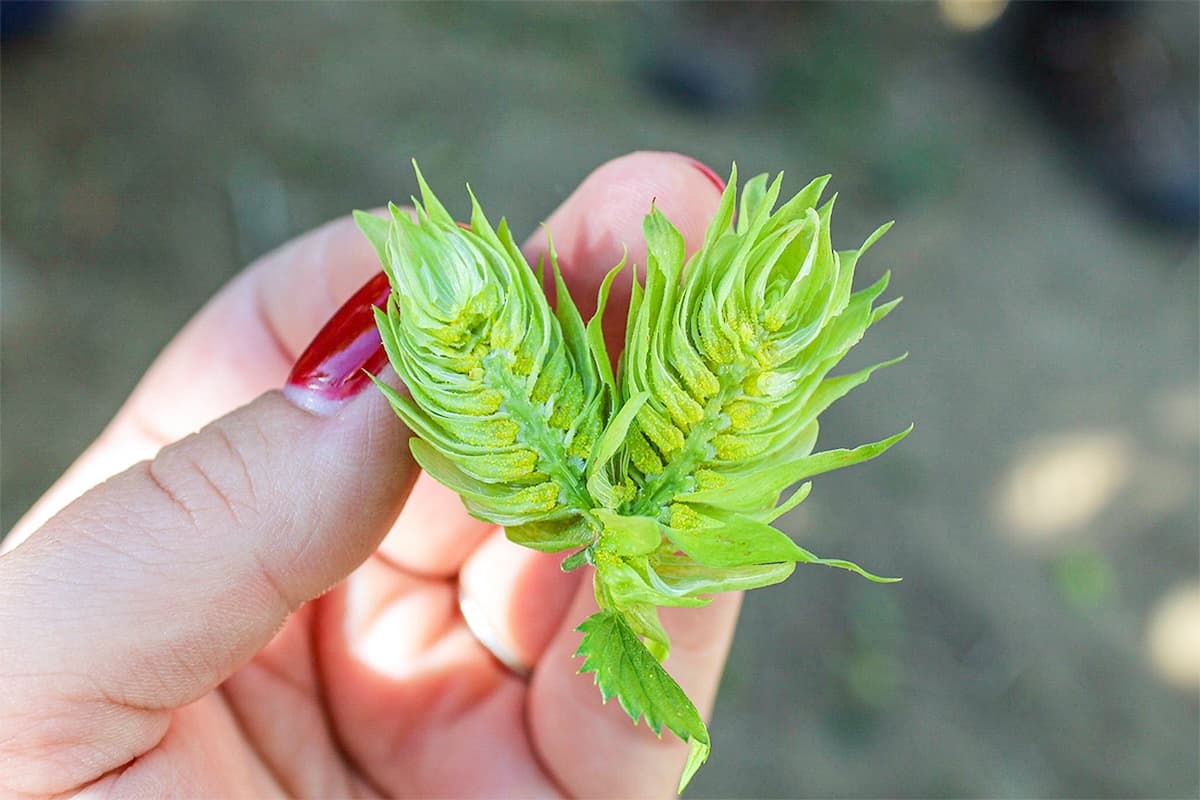
Brewer’s Gold established the viability of hybrid hops, and its offspring include some of modern brewing’s biggest aroma stars. Don’t call it a comeback, but Russian River is exploring what it may contribute today.
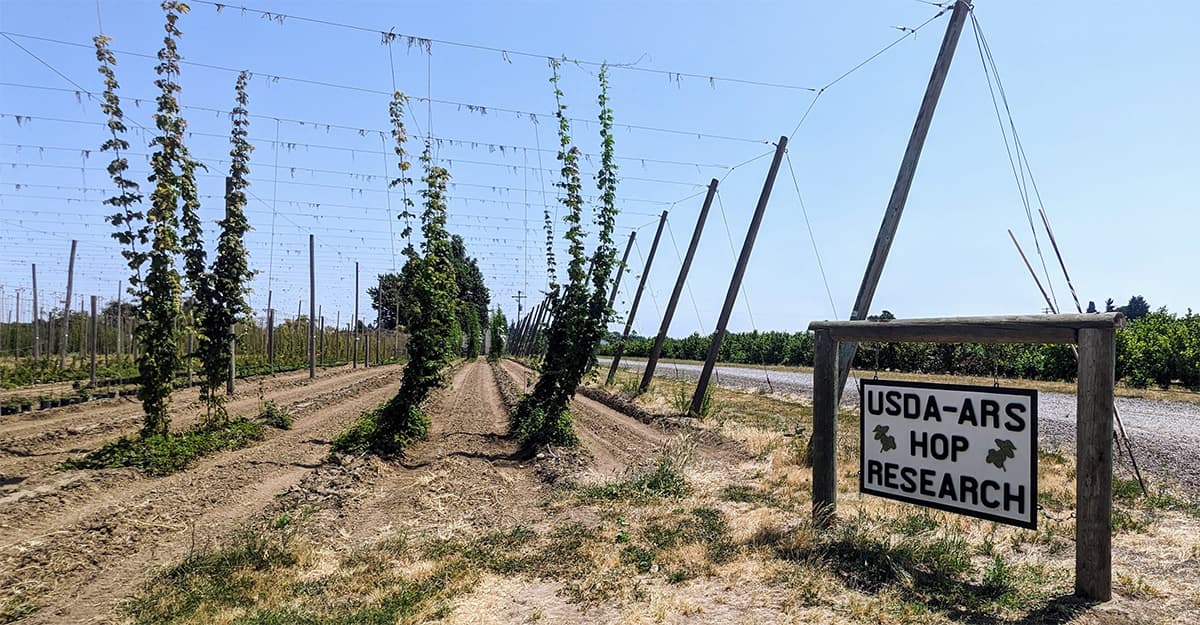
It’s rough out there—even for young, freshly developed hop cultivars. Yet while many brewers are buying fewer hops these days, the Help Wanted sign is still out for new ones.
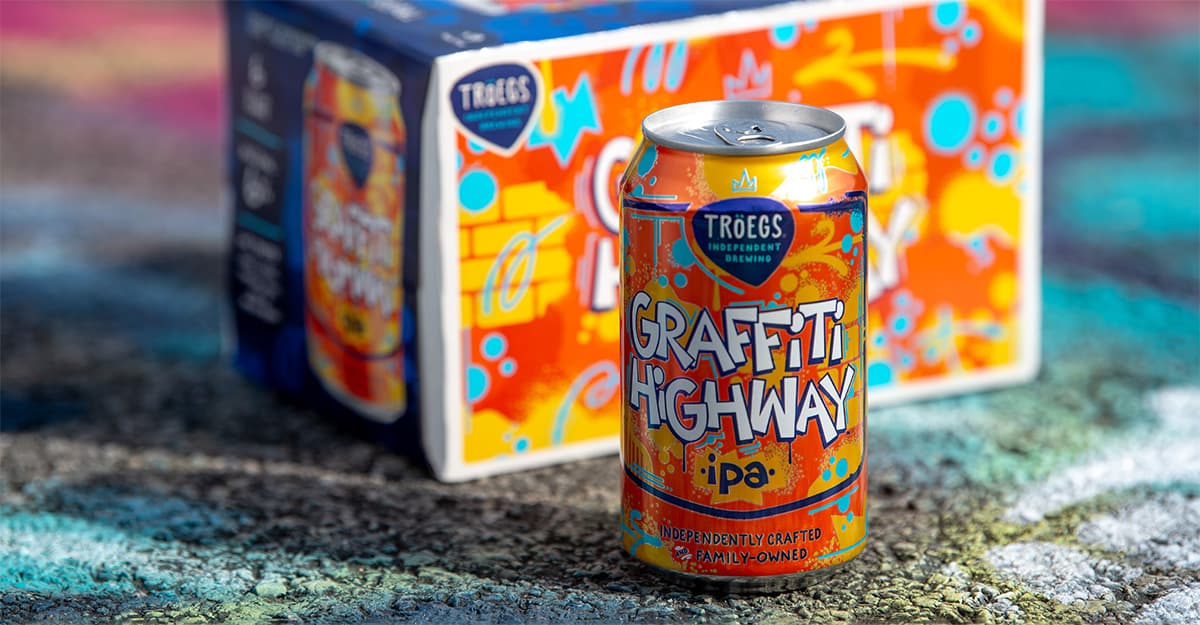
Brewers share strategies for reducing costs on craft beer’s most competitive style.
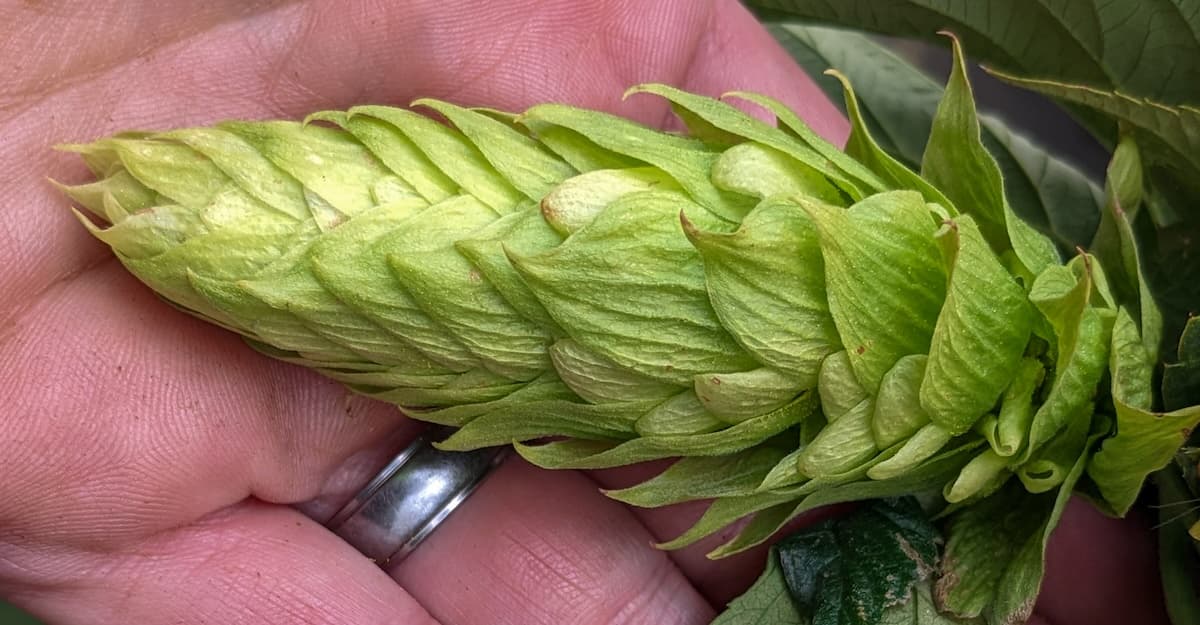
As growers hunt for better visibility into the hop market’s future, researchers are looking into how brewing and growing practices might change in ways that directly affect the character of beer.
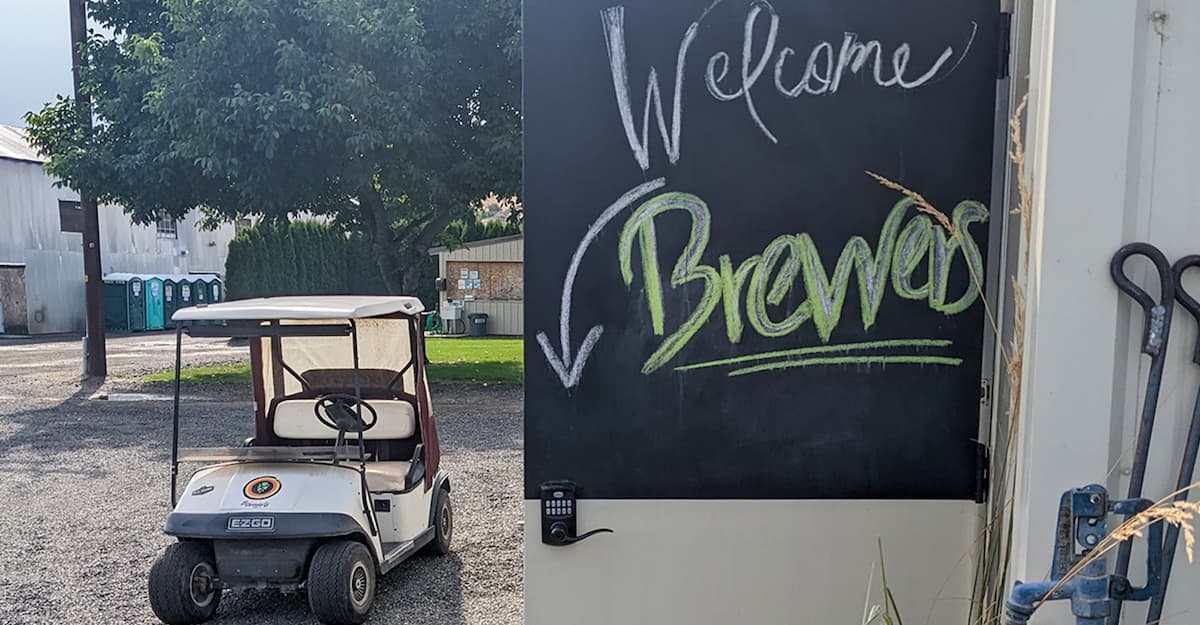
By making direct connections with farmers, wherever they are, brewers can improve the quality and variety of hops they get—even at the smallest breweries.
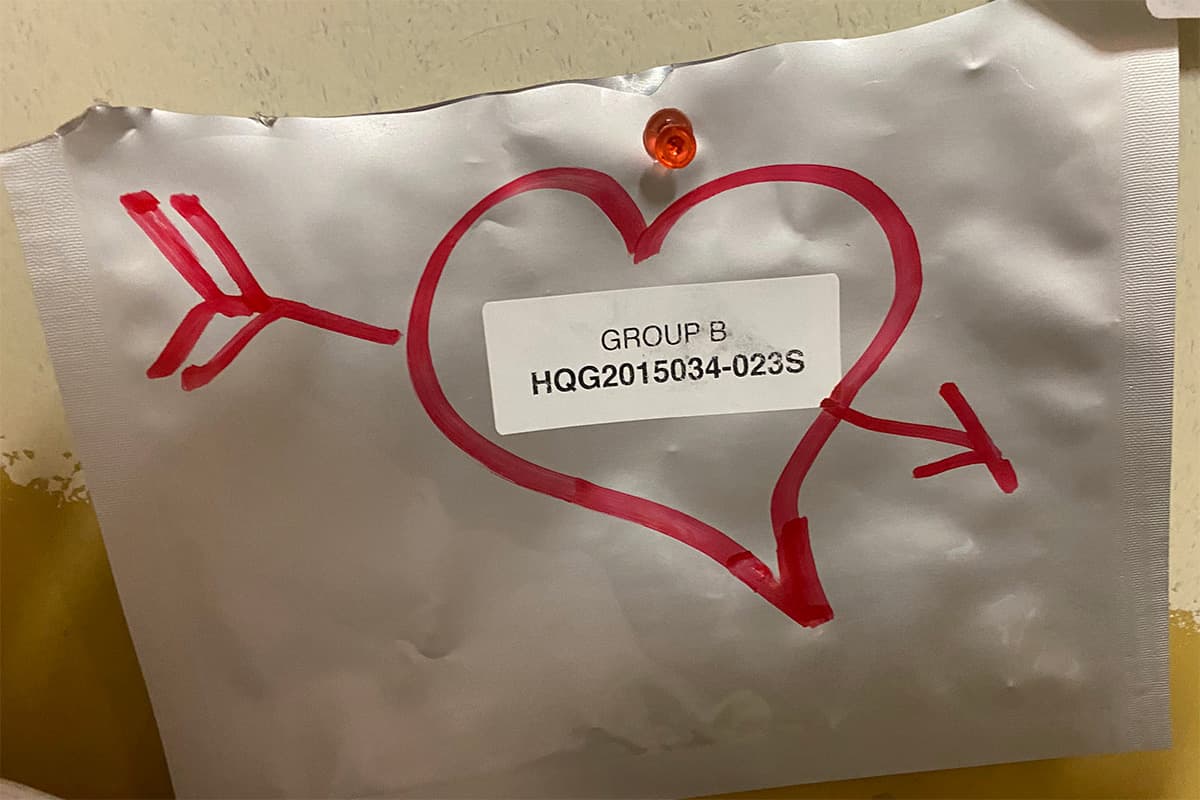
New varieties and products on the immediate horizon range from a defiantly intriguing public hop to compounds that might emulate “sticking your head in a bag of weed.” Will you apply the eye dropper, or the sledgehammer?
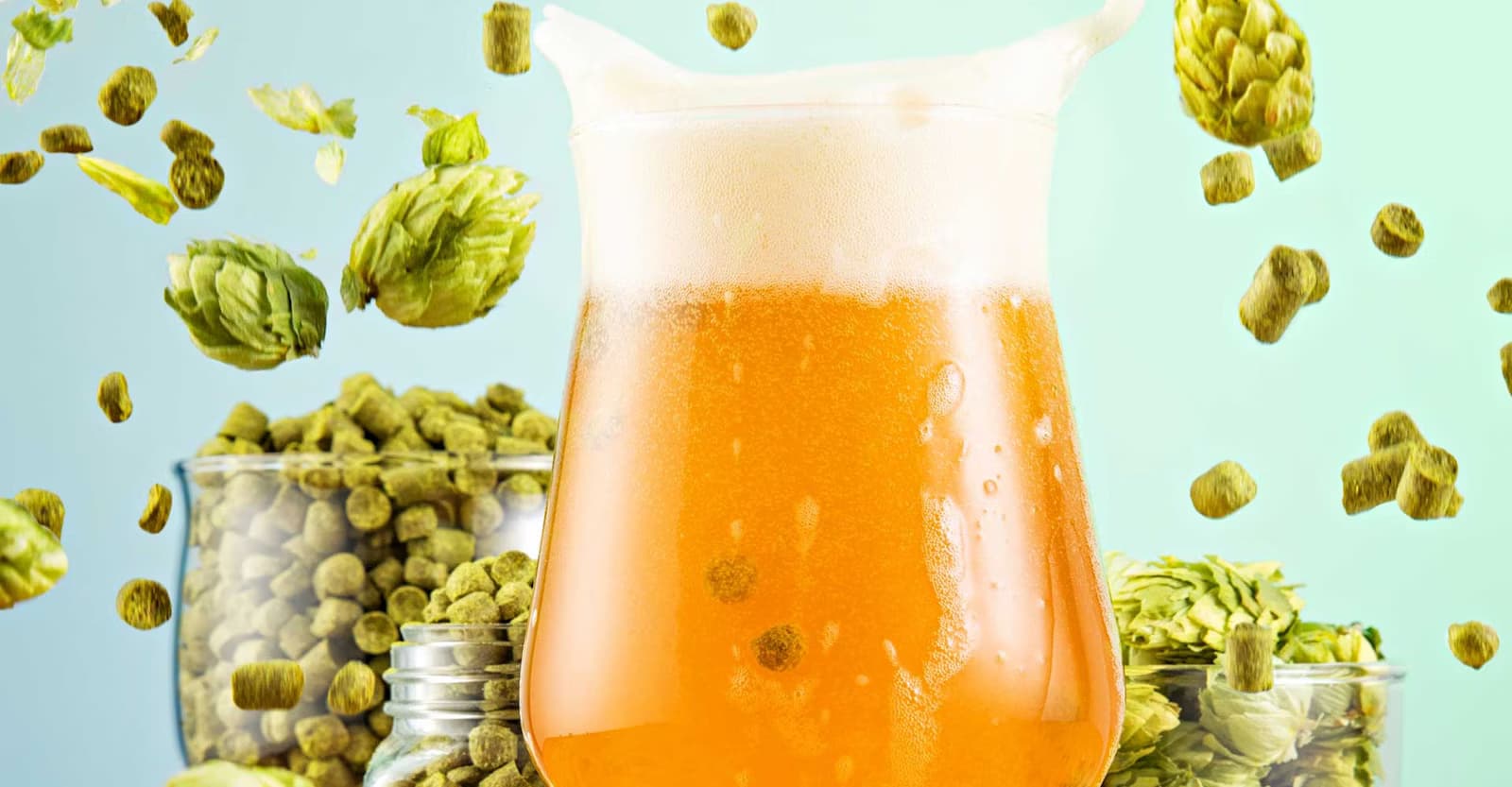
Recent experiments at New Belgium could help smaller breweries decide whether the benefits of mid-fermentation dry hopping are worth the potential costs.
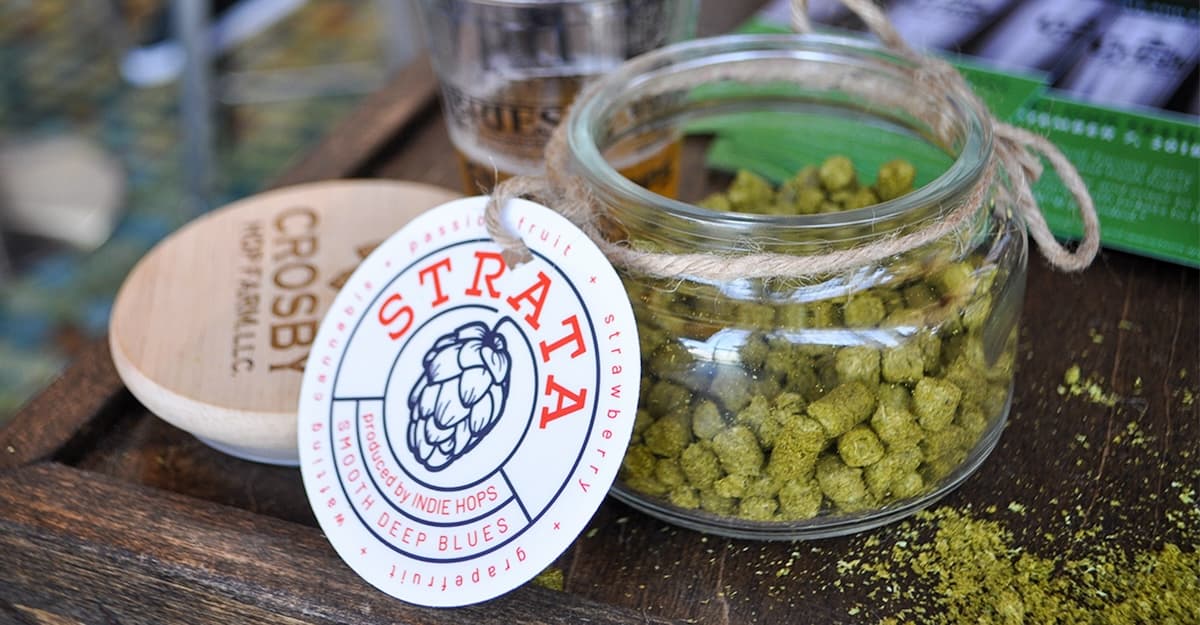
Brewers looking for greater efficiencies and longer-lasting hop aroma, among other things, can find several avenues to explore in recently published studies.
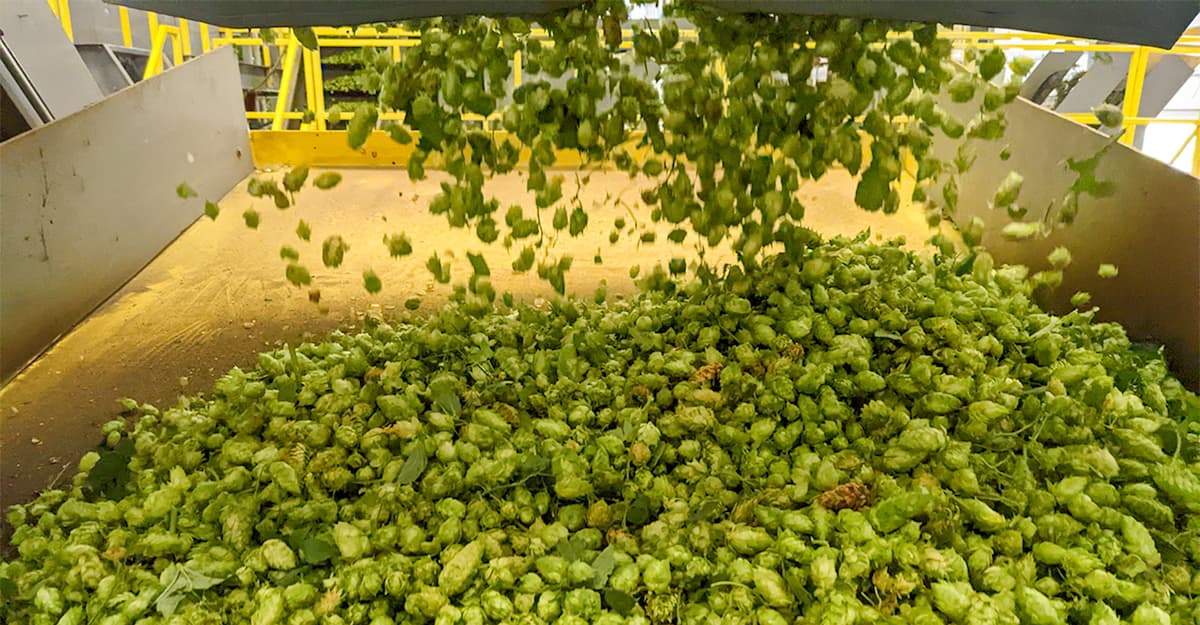
Tough times are ahead for hop merchants and farmers coping with surplus stocks and stalling demand. After enjoying wider selection and lower prices in the short term, are brewers ready for what comes next?